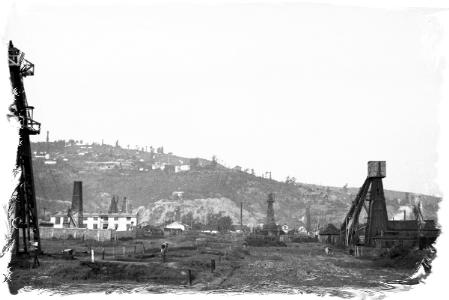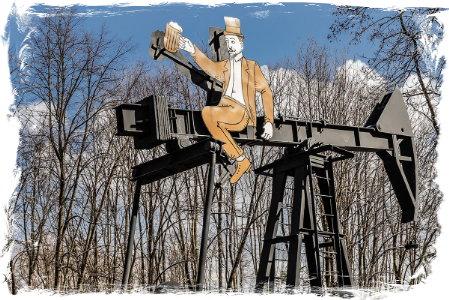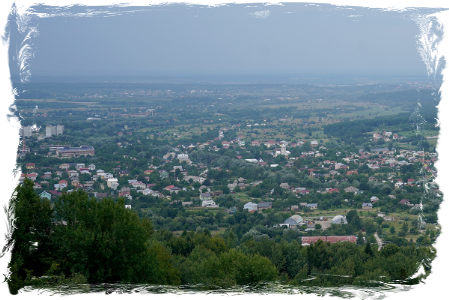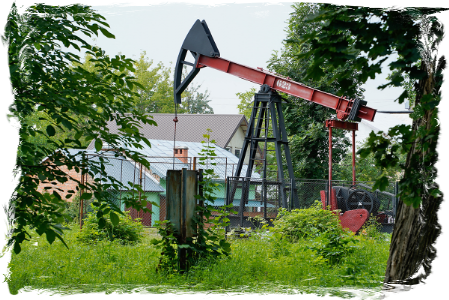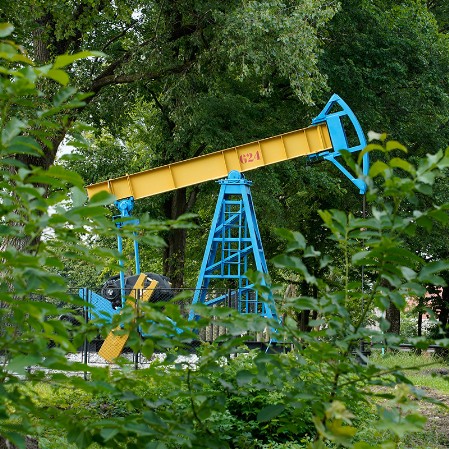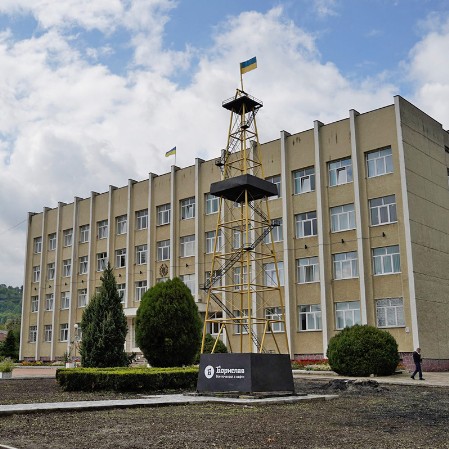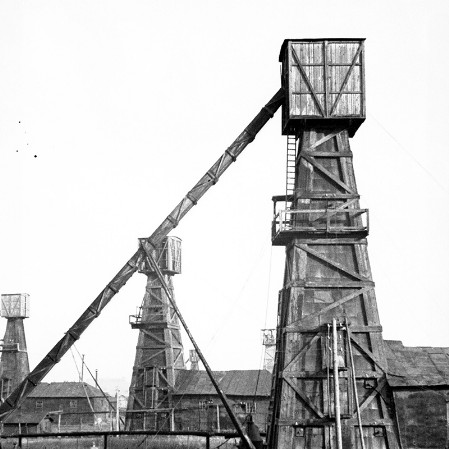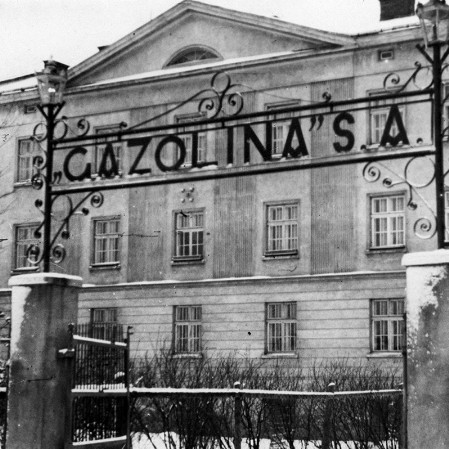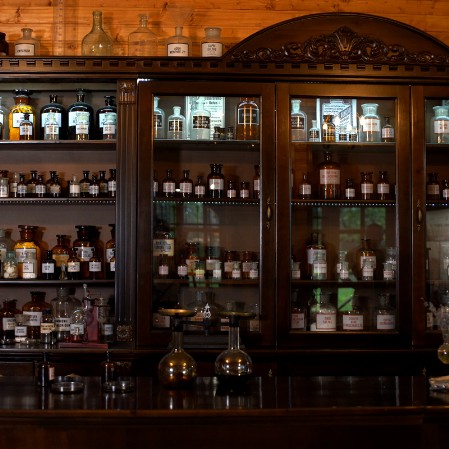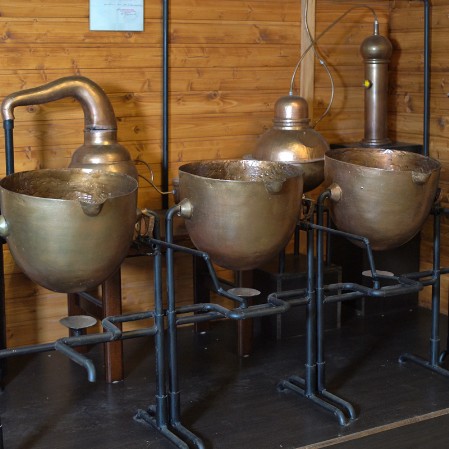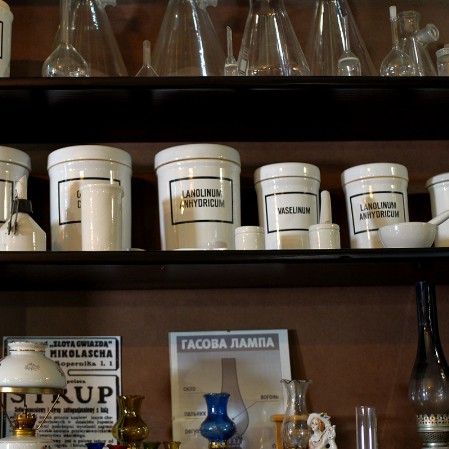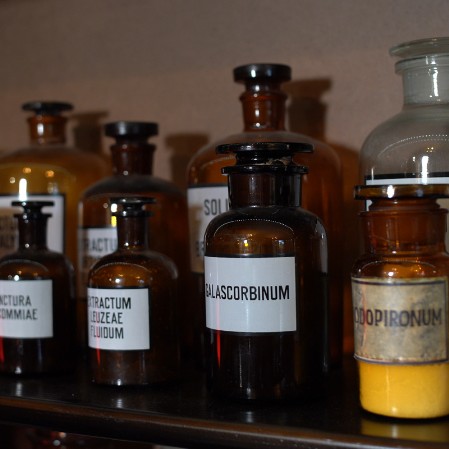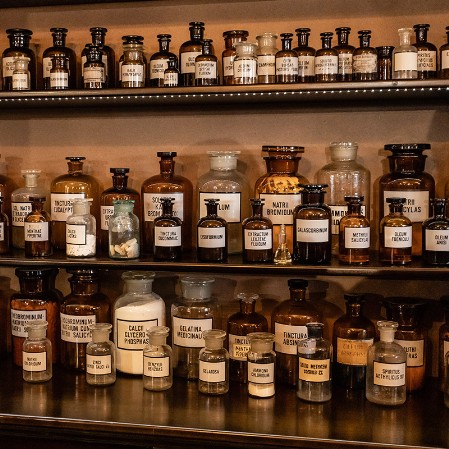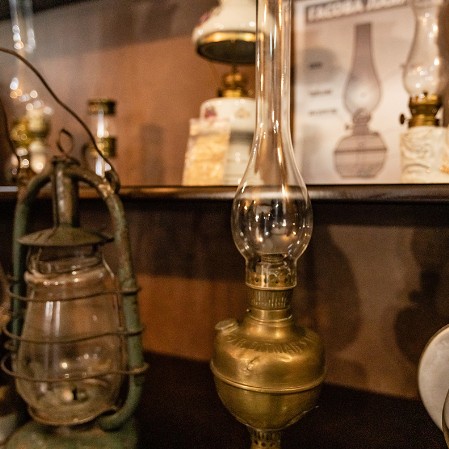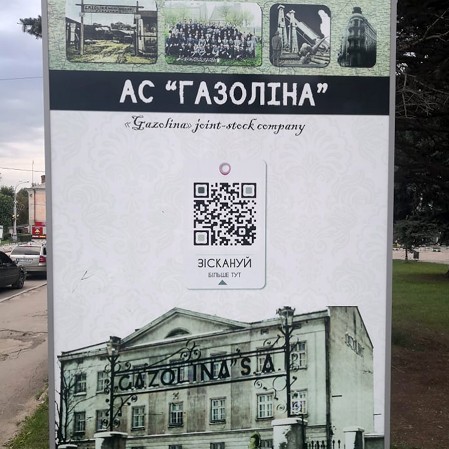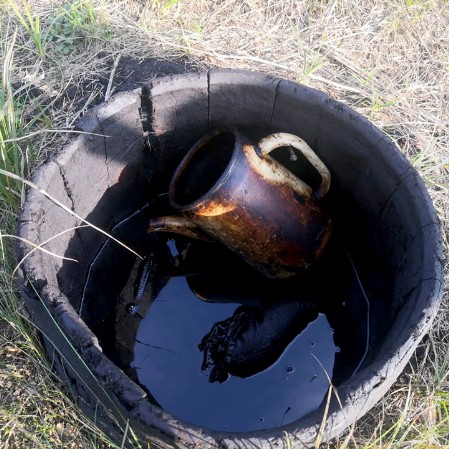In the footsteps of Łukasiewicz- Boryslav
Movie about Boryslav oil heritage.
Borysław
Boryslav is a town in Ukraine in the Lviv Oblast. The town was separated from the Drohobych region and is situated on the Tysmenitsia River. It was a centre for the extraction of oil, natural gas and ozokerite which is a form of natural wax. In the second half of the nineteenth century it became the centre of the oil industry, and then also the exploitation of natural gas - the Oil Boryslav Basin.
In the Municipal Park of Culture and Recreation there is the museum of a pharmacy master Jan Zeh. He was a researcher and creator of the oil and ozokerite industry. In the museum the life and work of the inventor as well as interesting experiments are presented. The main objective of these experiments is to show how diverse crude oil can be. The interior of the museum depicts the era of the late 19th century when pharmacies were more important than any store. The customers were able to buy everything there from fuel, strong alcohol, potions of any kind to cosmetics. Most of the pharmacy displays are authentic and come from former local pharmacies. The Municipal Park of Culture and Recreation is also a place where you can see how crude oil was extracted in the past. Each of the mines has its own unique history, and the existing pumpjacks have turned into art objects.
The Museum of History at 75 Szewczenko Street is located in the central part of the town in a building which dates back to 1917. The building is the former headquarters of the David Fanto oil company. There is a unique hall called “The Boryslav history room at the turn of the 19th and 20th centuries” which houses materials on the history of the town 's oil industry, in particular tools for oil extraction. The mining of ozokerite is also shown.
The local oil deposits were discovered by Władysław Długosz and Jan "Jaś" Rączkowski in 1896. The first borehole in Tustanowice produced 40 tons of crude oil per day, and another one from 500 to 700 tons. Industrialists and adventurers began to come to Boryslav and the surrounding towns. More and more production records were broken. At the end of the 19th century, one of the world's oldest drilling schools was moved to Borysław. Its name was the Practical Canadian Drilling School. The facility was established in 1885 in Ropianka near Dukla. The largest borehole in this area was made in 1908 in Tustanowice. The capacity of the shaft called Oil City was estimated at 1,500-2,000 tons of crude oil per day. A gigantic fire broke out three weeks later, which took as many as 40 days to extinguish.
A 120-meter deep ozokerite mine was built near the post office in 1880. It was consecrated by Emperor Franz Joseph who was visiting the "Boryslav Eldorado" at that time. In a short time, 2,000 carriages of ozokerite were extracted from the mine and exported to many European countries. Ozokerite was widely used in the chemical industry, pharmacy, medicine, in the production of cosmetics, candles, gum mastic for furniture and floors.
Ciekawostki
W rejonie Potok przy ul. Cerkiewnej umieszczono tablicę upamiętniającą lokalizację pierwszego szybu naftowego.
Borysławskie złoża ozokerytu, odkryte w 1854 były jednymi z największych na świecie pod względem wydobycia i zasobów. W II połowie XIX wieku borysławski ozokeryt wykorzystywano do izolacji pierwszego transatlantyckiego kabla telegraficznego, łączącego Europę i USA. W 1861 rozpoczęto eksploatację złóż ropy, w 1909 wydobywano tutaj 5% światowego wydobycia. W 1866 rozpoczęto maszynowe drążenie szybów naftowych. W 1872 roku oddano do eksploatacji połączenie kolejowe Borysławia ze Lwowem.
W 1972 roku powstało Muzeum Przemysłu Naftowego i Gazowniczego Ukrainy przy ulicy Karpacka Brama 26. Ekspozycja przedstawia historię rozwoju borysławskiego wydobywania ropy naftowej – najstarszego przemysłu w Ukrainie i Europie przełomu XIX/XX wieku. Można tutaj zobaczyć unikatowe eksponaty, działające modele, zabytki przemysłu i obiekty plenerowe, min. zbiorowy napęd do wydobycia ropy i gazu, zbiorniki ropy naftowej z początku XX wieku.


